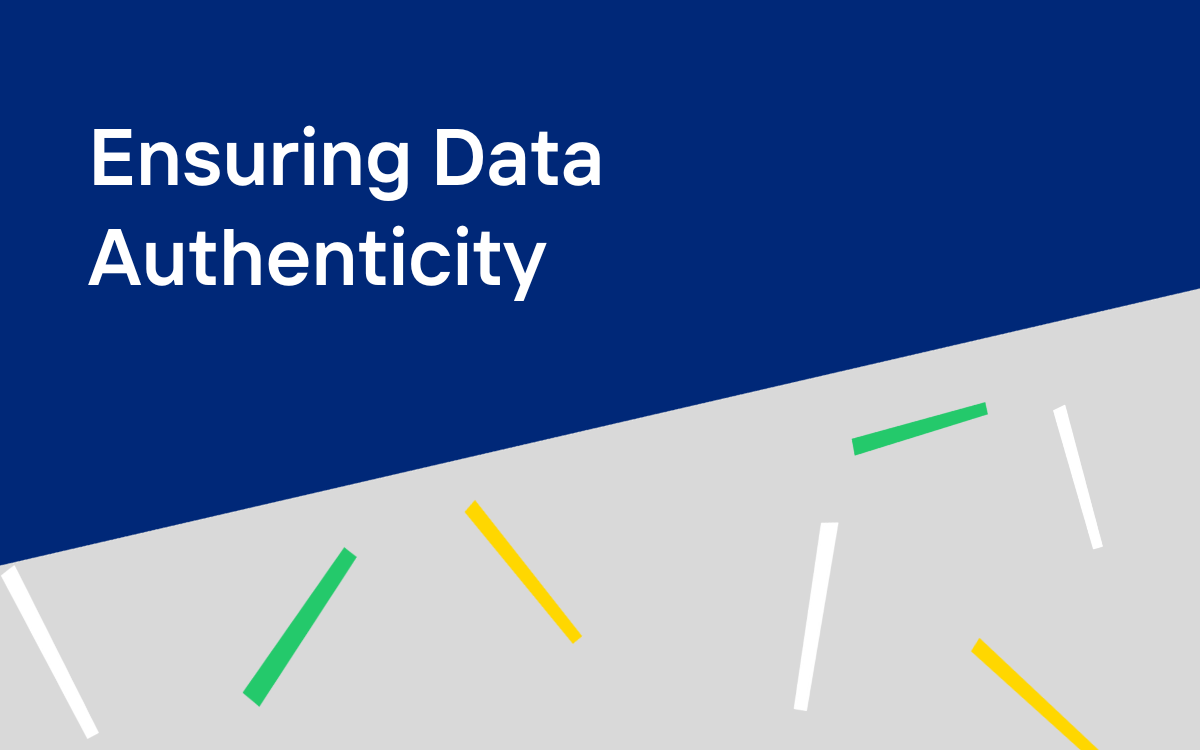In today’s increasingly digital landscape, card cracking fraud is gaining momentum, impacting both individuals and businesses alike. While individual awareness remains paramount, the responsibility also heavily falls on organizations to adopt robust defense mechanisms in order to protect their networks and communities.
One of the most promising ways to administer this layer of protection to prevent card cracking fraud, is the deployment of a modern anti-bot. For organizations, a modern bot detection solution can identify and block the malicious automation that attackers use to launch card cracking attacks.
Let’s explore the growing importance of long lasting bot protection for organizations and how many organizations can preemptively tackle card cracking and safeguard both their reputation and their clients’ financial integrity in the process.
Short Summary
- Card cracking is a fraudulent technique where cybercriminals attempt to guess or decipher valid credit card details for unauthorized access and use.
- Card cracking scams use social engineering tactics or lists of stolen credit card numbers aided by bad bots to steal financial information and withdraw funds, leading to severe consequences for victims.
- Organizations can implement modern bot mitigation solutions to guard against card cracking fraud.
What is Card Cracking?
Before understanding the solution, we need to identify the problem. Card cracking refers to the techniques that cybercriminals employ to guess or decipher valid credit card details. They often use automated tools to test numerous combinations rapidly, leading to unauthorized access.
Card cracking scams are a deceptive form of financial fraud in which perpetrators trick victims into sharing their personal and financial information, depositing counterfeit checks, and withdrawing funds. These scams exploit the victim’s desire for easy money and often target vulnerable groups such as young adults, college students, and individuals facing financial difficulties.
Card cracking scams can be carried out in one of two ways:
- Scammers use social engineering tactics including emails, social media messages, text messages and phone calls to trick card holders into sharing their card numbers.
- Scammers purchase a list of stolen credit card numbers and leverage malicious automation (bad bots) to systematically test and identify missing information across multiple sites. Giving attackers missing information like CVV, expiration date, and zip code. Filling in the missing gaps.
Credit card cracking hinges on the fact that obtaining a credit card number, or Private Account Number (PAN), along with the cardholder’s name, is relatively simple. Cybercriminals deploy bots to help guess and verify the supplementary data needed to make unauthorized purchases on a victim’s credit card.
The consequences of card cracking can be severe; victims may find themselves with negative account balances and facing potential legal ramifications.
Social Engineering
The Lure of Easy Money
Scammers prey on the desire for quick, easy money by presenting seemingly lucrative money-making opportunities to their potential victims. These fraudulent schemes can be enticing, with the promise of immediate financial gains in exchange for minimal effort.
Targeting Vulnerable Groups
Card cracking scammers tend to focus on vulnerable groups who may have limited financial knowledge or are experiencing financial struggles. Young adults, college students, single parents, and financially disadvantaged individuals are prime targets for these scams. These groups may be more willing to take risks to make money quickly and may lack awareness of the dangers associated with card cracking scams.
How Social Engineering Card Cracking Scams Operate

Social engineering card cracking scams generally follow a two-step process: recruitment through social media platforms and execution of fake check deposits and withdrawals. By utilizing social media for recruitment, scammers can easily reach a wide audience and prey on vulnerable individuals who may be more susceptible to their fraudulent schemes.
Once they have successfully recruited a victim, the scammer deposits a counterfeit check into the victim’s account and quickly withdraws the funds. The check, being fake or illicit, is later returned against the victim’s account, resulting in a negative balance and potentially serious financial consequences.
Social Media Recruitment
Scammers employ various social media platforms, such as Facebook, Twitter, and Instagram, to recruit victims for their card cracking schemes. They often create enticing posts or send direct messages promising easy money-making opportunities in exchange for the victim’s bank account and debit card information.
Being cautious of unsolicited offers and messages from strangers on social media is crucial to avoid falling for these scams. Always remember that if an opportunity sounds too good to be true, it likely is. Trust your instincts and never share your personal financial information with anyone you don’t know.
Fake Check Deposits and Withdrawals
A key component of card cracking scams is the deposit of fake checks into victims’ accounts. Scammers convenience victims into depositing a fake check into their account promising a cut of the profits. The scammer will then withdraw the value of the fake check using the victim’s financial info and instruct the victim to call their bank and claim their account was breached, prompting their bank to issue a refund. This scam not only exploits the victim it also makes them an accomplice.
Purchasing Lists of Stolen Accounts
The second form of card cracking attacks can be carried out by attackers without ever having to trick or even talk to their victims. Cybercriminals can purchase large lists of card numbers paired with the card holder’s name. This information alone is not enough for attackers to begin making fraudulent purchases with the credit cards. They first need to crack the remaining missing information including:
- CVV number
- Expiration date
- Zip code
Leveraging Bots
Because the missing pieces of information needed are a relatively small number of digits, scammers turn to their favorite tool to launch attacks at scale; bots. Using bots, attackers test every possible combination of CVV, expiration, and zip code by attempting to make small purchases across multiple sites.
Bots not only make these attacks possible, they make them easy. Modern bots are highly sophisticated and can easily evade the detection of WAFs, CAPTCHAs and even most traditional bot detection solutions. They are also cost effective, in fact even less technical attackers can simply buy a bypass to most anti-bot solutions for less than $2 per 1000 bypasses through Solver Services. Lowering the barrier to entry even further and making it easier than ever for cybercriminals to leverage bots.
Organizations Taking the Helm: Bot Mitigation as the First Line of Defense

Aside from educating users on the risks or social engineering of card cracking scams there is not much organizations can do to stop scammers from trying to trick their customers. However, businesses can help prevent attackers from using their checkout pages to crack credit card information.
Targeting attackers’ tool of choice is the best way to prevent adversaries from using your site to commit card cracking fraud. If attackers’ bad bots are unable to access your infrastructure they won’t be able to conduct the large number of requests needed to identify the missing information needed to make unauthorized purchases on victims’ credit cards.
Organizations need to act as the gatekeeper, protecting unsuspecting victims from having their credit card cracked. The most effective way to do this is by utilizing a modern and dynamic bot mitigation solution.
Not all anti-bot solutions are created equally
Attackers are highly sophisticated, bad bots are able to look and act like humans more than ever before. Leaving traditional static defenses in the past. Anti-bot solutions that rely on behavioral analysis, device fingerprinting, and friction causing CAPTCHAs are easily bypassed by modern bots. Even when these methods do work, attackers can quickly reverse engineer their defenses and launch successful follow up attacks.
An effective solution should provide a frictionless user experience that remains resilient to retooling and reverse engineering attempts.
Kasada as Your Bot Mitigation Partner in Preventing Card Cracking Fraud
Kasada gives you detection that works and protection that lasts. Our solution was architectured to counter the mindset of the attacker. We aim to make carding attacks too costly to conduct, taking away the profit that is motivating the attack. We do this by using hundreds of sensors to look for the hidden traces of automation and a highly obfuscated virtual machine that forces attackers to run their code in real browsers and mobile devices, while also making reverse engineering our defenses incredibly difficult and time consuming.
Kasada is not just a solution, it’s a partnership. By working with Kasada you gain a bot mitigation partner who stands with your organization in its defense against card cracking fraud. Kasada’s bot mitigation prevents these malicious attackers from using your online channels to obtain the missing information needed to carry out these assaults. Contact Kasada to get started with your bot defense strategy today.
Card Cracking Frequently Asked Questions
What does card cracking mean?
Card cracking is a form of financial crime where perpetrators either attempt to entice victims by offering easy money in exchange for access to their bank or debit card details or use bots to fill in missing information from lists of stolen credit card numbers.
How is card cracking done?
Card cracking is a type of financial crime where criminals either obtain stolen credit or debit card information through social engineering or by lists of stolen credit card numbers and use bots to fill in missing information like CVV, expiration date, and zip code.
What happens when you crack a card?
Cracking cards involves scamming people by depositing fake checks or counterfeit bills into their account and then quickly withdrawing the money. Victims are often left with nothing once financial institutions catch on to the fraud.
When a scammer successfully cracks a credit card they are able to make fraudulent purchases on the card until the victim or financial institution recognizes the fraud and cancels the card.
What are the legal ramifications of card cracking?
Card cracking is a federal crime and can carry up to 20 years in prison as a penalty, making it a serious legal risk.





